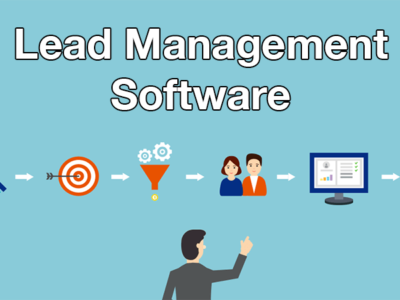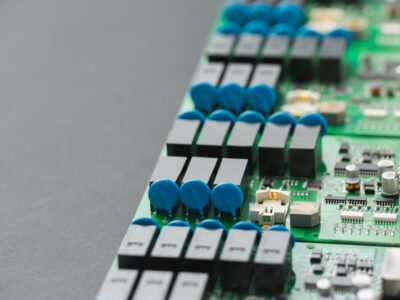Video enhancement is a critical aspect of forensic science. As a forensic investigator, you certainly need good CCTV video enhancement software to clarify your video recording and preserve the integrity of the original evidence for courtroom use.
Today, many CCTV video enhancers are available out there for forensic purposes. Unfortunately, only a few of these tools are effective. These tools can be used to perform different video enhancement technology for forensic purposes.
Top 5 CCTV video enhancement techniques you should know about
1. Sharpening
As you already know, most CCTVs often deliver videos with a relatively poor focus on the subject of interest. With poor focus, it’s usually very difficult to get the details of the video, which could help resolve a case quickly. Here’s where the need to perform “sharpening” with the best video or image enhancement software comes into play.

Cognitech Video Investigator 64: Top 5 Techniques Of Enhancing
In case you don’t know, sharpening is a video enhancement technique used by forensic experts to highlight transitions in the values of pixel intensity. This technique helps to make the video evidence less blurry and useful for courtroom use.
2. Masking
In most cases, masking is used to cover the face of the primary subject of a video recording. This technique helps to protect the identity of the particular person in the video. Masking, in most cases, is employed to protect the victims in the video recording of a crime incident.
You need very good and reliable video enhancement software online to be able to mask and protect a victim of an unfortunate crime incident. Cognitech Video Investigator 64 is a good tool you can rely on, in this case.
3. Deinterlacing
Today, interlacing is mostly relevant for analog video recordings. This process is used for recording two fields of video, at the same time. In simple terms, de-interlacing is a video enhancement method that involves separating an interlaced frame into a couple of discrete fields.
For you to acquire data that may be present in these two discrete fields, you need to perform de-interlacing with Cognitech Video Investigator or your preferred video enhancer.
4. Demultiplexing
Multiplexing is a technique that involves using a single screen to display your recorded video from multiple cameras, simultaneously. This is possible with multiplexers, which help to combine videos from different sources into one.

CCTV video enhancer
Demultiplexing is a technique that does the exact opposite of multiplexing. Instead of combining videos from different sources, this approach helps to separate the videos into individual camera views.
5. Denoising
Noise removal is an essential technique that you can perform with Cognitech Video Investigator 64. This approach involves eliminating unnecessary background sounds or noise from CCTV footage. Since noise can always reduce the clarity of a video recording for courtroom use, it’s often advisable to use the right CCTV video enhancer to eliminate it.
With Cognitech Video Investigator, you’ll gain access to many advanced filters for video enhancements. Some important filters that you can use for denoising your video recordings are:
- Total Variation Denoise filter
- Large assortment of denoise filters
- Deblocking
- Pattern removal filter
- FrameFusion Denoise filter
- Average Frames filter
You can learn more about how Cognitech’s CCTV video enhancement software can help you improve your video evidence for courtroom use.










Comments